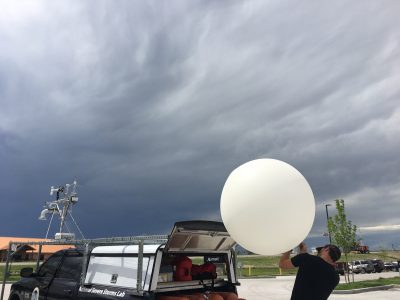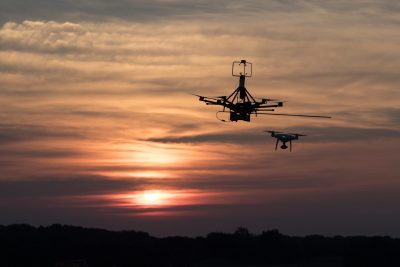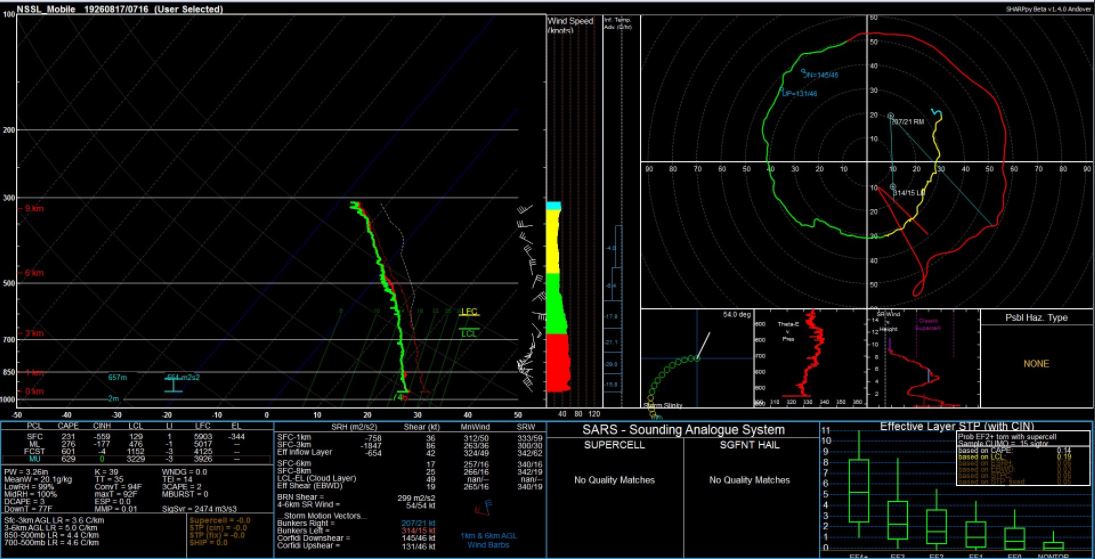
(Photo by Matthew Mahalik/OU CIMMS and NOAA NSSL)
The total solar eclipse on Aug. 21 offers a unique opportunity for researchers from the NOAA National Severe Storms Laboratory, University of Nebraska-Lincoln and Oklahoma State University to study sudden, drastic changes in the Earth’s lower atmosphere caused by a loss of sunlight.
“This is a rare circumstance,” said Sean Waugh, research meteorologist with NSSL. “We don’t know what sort of effects on temperature and winds an eclipse might have.”
Waugh will drive to a location in southern Nebraska and park in the path of totality. From the start of the eclipse through its completion, weather instruments mounted to the roof of the NSSL truck will automatically measure surface temperature, relative humidity, wind speed and direction, pressure and solar radiation every second.
Next to the truck about every 30 minutes, Waugh will launch weather balloons with instruments attached to take the same atmospheric measurements in a vertical profile through the lower part of the atmosphere. These weather balloons are used by the National Weather Service daily, and can reach altitudes up to about 80,000 feet.
At the same time, Adam Houston, associate professor at the University of Nebraska-Lincoln, and collaborators from Oklahoma State University in Stillwater, Oklahoma, will fly two Unmanned Aerial Systems. The UNL Matrice, operated by University of Nebraska-Lincoln, will measure temperature, moisture and pressure. The DJI Matric 600 operated by Oklahoma State University will measure wind speed and direction, along with temperature, moisture and pressure.

“It will be good to combine different platforms and take the same observations in different ways,” Waugh said. “These measurements will increase our understanding of what an eclipse will do and what sort of effects it can have on our surface weather conditions.”
In addition to documenting the surface temperature and wind changes caused by the eclipse, the data will be used later to validate predictions from and refine an experimental version of the High Resolution Rapid Refresh short-term weather model run by the NOAA Earth Systems Research Laboratory’s Global Systems Division in Boulder, Colorado.




